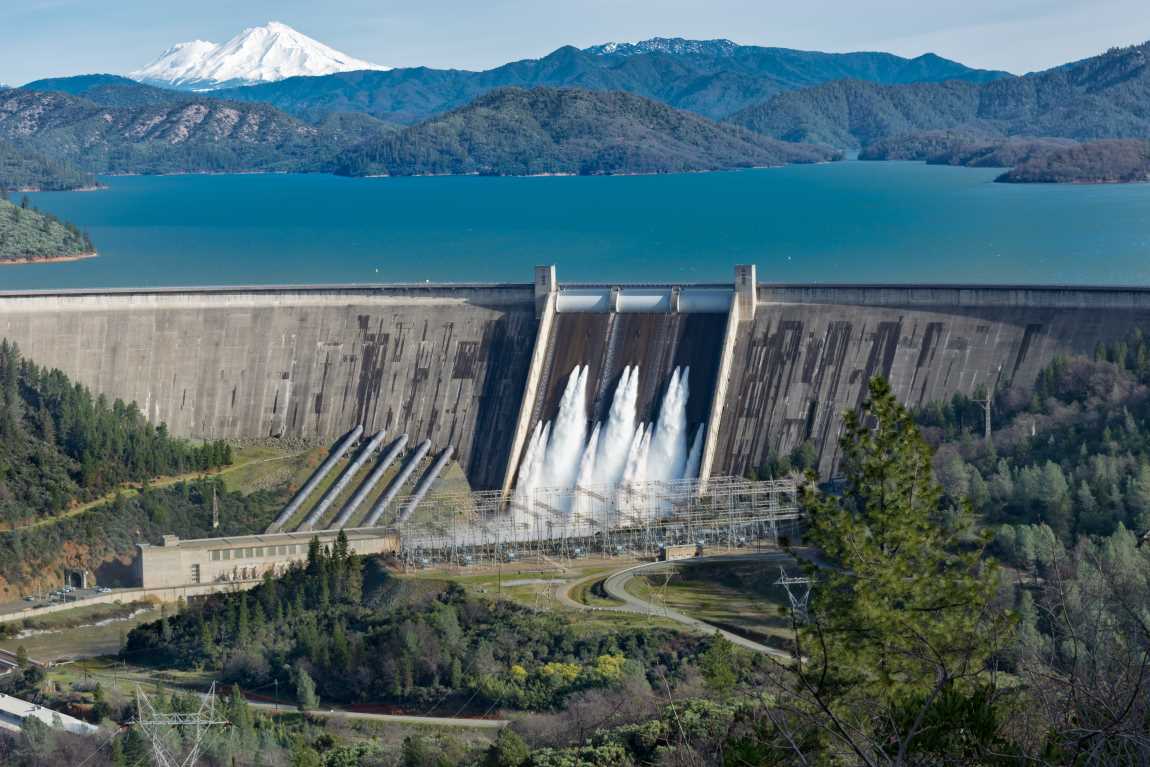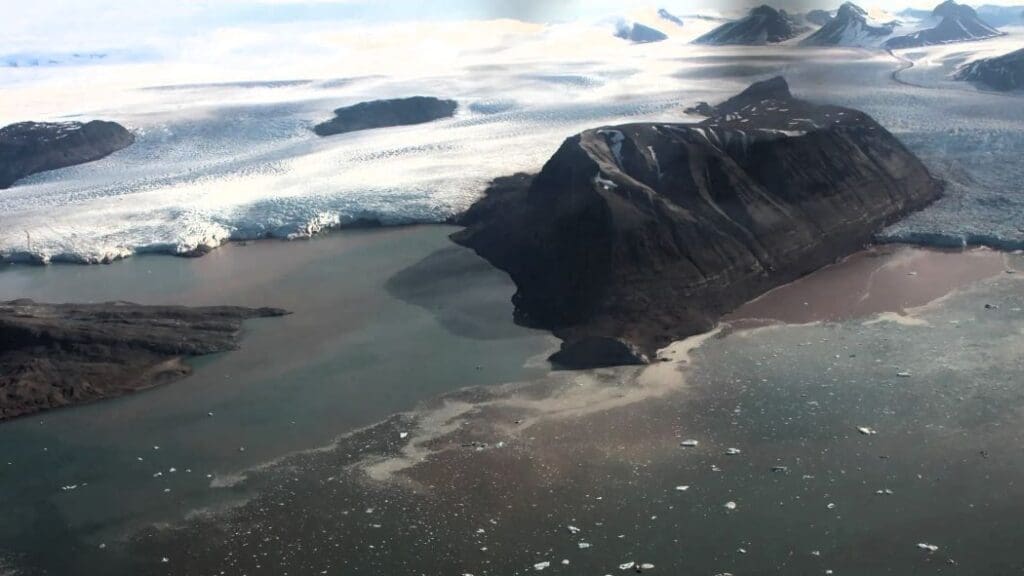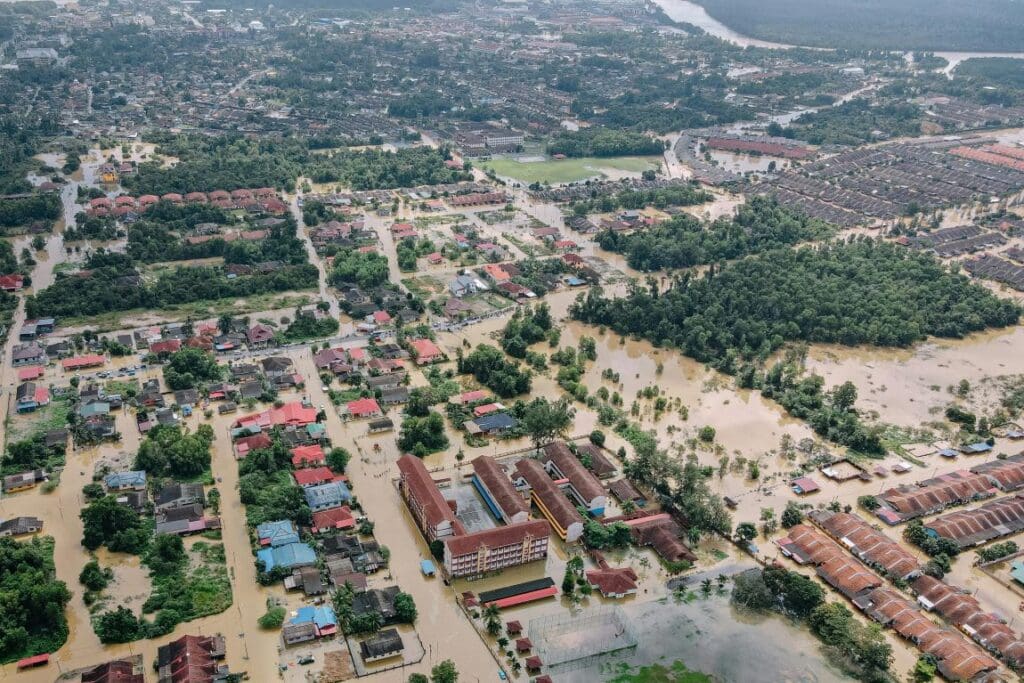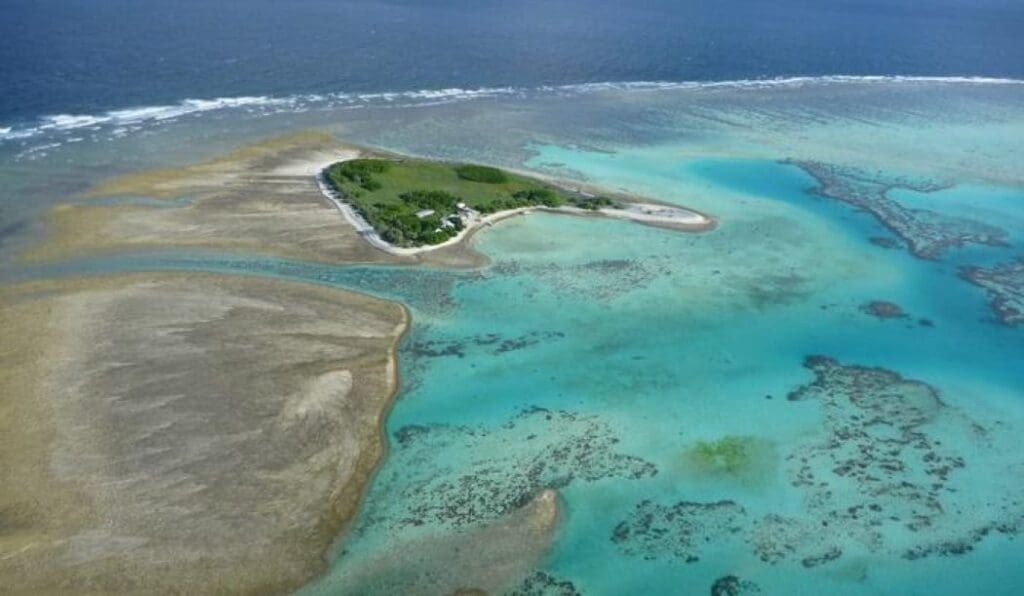Plans to decarbonize the Western United States’ power grid by 2050 may face unforeseen challenges due to climate change’s impact on water resources. Researchers estimate that adapting to shrinking water basins and increasing energy demands could add up to $150 billion in costs, requiring significant investments in renewable energy and transmission infrastructure.
The study, published in Nature Communications and led by a team of Canadian and U.S. researchers, including at the University of California San Diego, highlights the significant role water availability will play in shaping future energy systems. It emphasizes that current decarbonization plans fail to account for climate-related shifts in water resources, which could lead to a 23% decrease in hydropower generation by mid-century.
Simultaneously, rising temperatures and other climate-driven factors could increase electricity demand by 2%, with these challenges becoming especially acute during summer months.
Adapting to these conditions would require building up to 139 gigawatts of new power generation capacity – nearly three times California’s current peak electricity demand – and up to 13 gigawatts of new transmission capacity between 2030 and 2050.
“Our results suggest that if [the West] ignores climate change impacts and associated water sector dynamics in planning, the grid will have insufficient resources to maintain system reliability and meet decarbonization goals,” the researchers stated.
Water and energy interdependencies
The study links the region’s electricity and water systems through simulations, examining how various climate scenarios would affect both sectors. In the Pacific Northwest, rainfall is projected to increase slightly, while the Southwest will face worsening droughts and shrinking water basins, including the Colorado River. Hydropower, which currently accounts for about 20% of the West’s electricity generation, is expected to decline significantly regardless of the scenario.
Replacing hydropower shortfalls will require a mix of renewable energy sources. In scenarios with moderate hydropower losses, wind power could take on much of the burden. In cases with more severe losses, solar power, supported by battery storage and geothermal energy, would play a greater role.
In addition to supply challenges, the study projects increased electricity demand, particularly in the Southwest, driven by a need for cooling as temperatures rise. In regions like California’s Central Valley, agricultural water needs and electricity demand for groundwater pumping are also expected to grow. Meanwhile, the Pacific Northwest may see slightly reduced heating demands, partially offsetting the need for more cooling.
“Without explicitly quantifying how climate change and water interdependencies may together affect future electricity supply and demand, grid planners may significantly underestimate the magnitude and type of resources needed to achieve decarbonization goals and maintain grid reliability,” the researchers cautioned.
Planning for an uncertain future
The study emphasizes the importance of addressing the interconnected challenges posed by water and energy systems in the face of climate change. The researchers call for further exploration into demand-response programs, which could make energy consumption more flexible and reduce supply pressures.
Other priorities include studying how increased electrification of buildings and transportation could interact with grid dynamics, as well as understanding the impact of prolonged droughts on both water and electricity systems.
“Finally, we need to understand and overcome the significant political barriers to transmission expansion across the West, which may make capacity additions difficult to achieve in practice,” the researchers concluded.
Journal Reference:
Szinai, J.K., Yates, D., Sánchez-Pérez, P.A. et al. ‘Climate change and its influence on water systems increases the cost of electricity system decarbonization’, Nature Communications 15, 10050 (2024). DOI: 10.1038/s41467-024-54162-9
Article Source:
Press Release/Material by University of California – San Diego
Featured image credit: wirestock | Freepik




